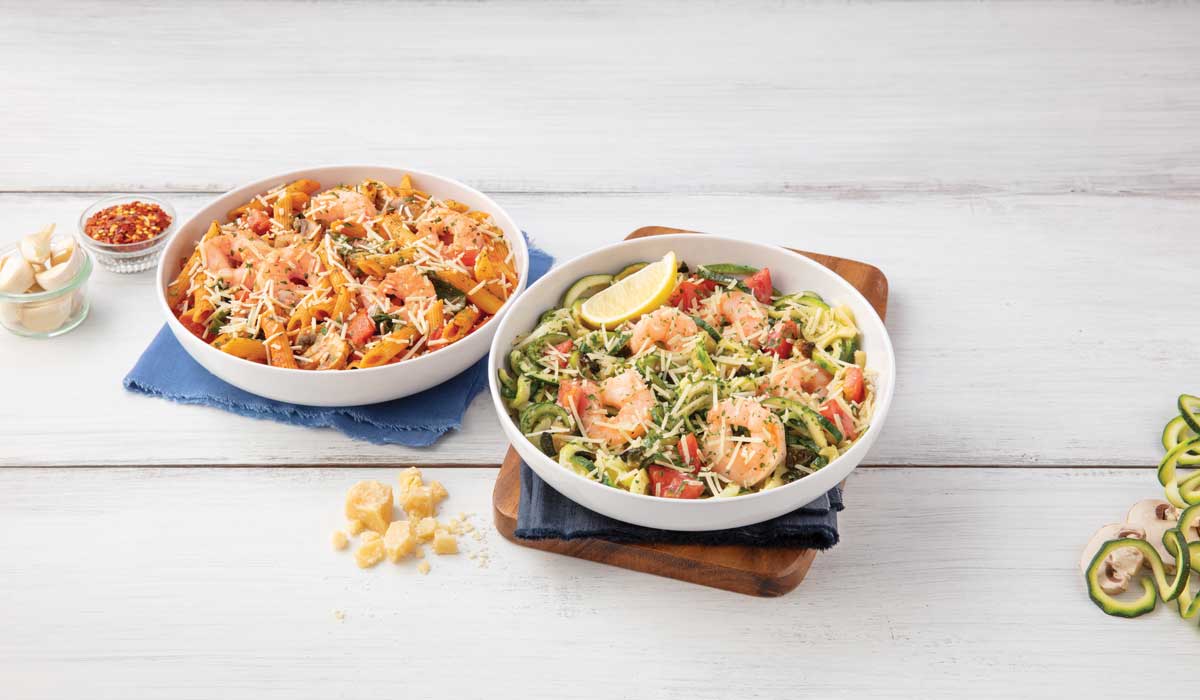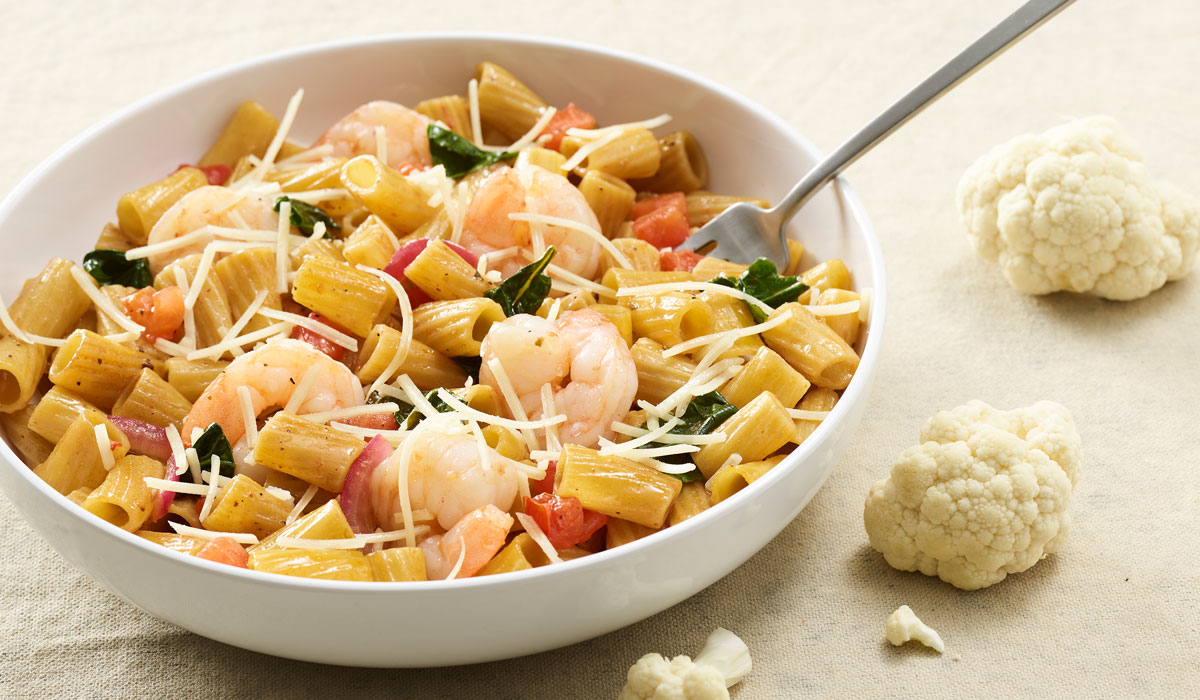Just two years ago, Noodles & Company’s restaurant count was headed in the wrong direction, quickly. The fast casual shuttered 55 restaurants in the first quarter of fiscal 2017 as net loss totaled $26.8 million. For that entire year, the brand, founded 1995 in the Cherry Creek neighborhood of Denver, just two years after Chipotle, swung negative at $37.5 million and rode six consecutive quarters of year-over-year declines into the winter.
Noodles & Company’s comeback since has been well documented—it’s taken a 180 turn to six straight periods of positive same-store sales gains—but what about its footprint?
On January 3, 2017, Noodles & Company had 532 restaurants (75 franchises). As you can see below, it was a steady climb, for quite some time, before it suddenly wasn’t.
- January 3, 2017: 532
- September 27, 2016: 528
- March 29, 2016: 507
- December 29, 2015: 492
- September 29, 2015: 488
- June 30, 2015: 475
- March 31, 2015: 455
- December 30, 2014: 439
- September 30, 2014: 425
- July 1, 2014: 410
- April 1, 2014: 394
- December 31, 2013: 380
- October 1, 2013: 368
- July 2, 2013: 348
- April 2, 2013: 335
- January 1, 2013: 327
Retraction kicks in
- October 1, 2019: 458
- July 2, 2019: 457
- April 2, 2019: 459
- January 1, 2019: 459
- October 2, 2018: 466
- July 3, 2018: 469
- April 3, 2018: 476
- January 2, 2018: 478
- October 3, 2017: 479
- July 4, 2017: 486
- April 4, 2017: 482
But this all could be changing soon, the brand’s chief executive officer, Dave Boennighausen, said during the company’s third-quarter review.
Noodles & Company debuted four company restaurants in Q3, including one that was temporarily shut down for the past 15 months.
Most notably, though, the four new restaurants are performing better than any class has in more than 15 years, Boennighausen said. Since Q3 ended, Noodles & Company brought two more stores to market—one company-run and one franchised. The latter produced one of the chain’s highest opening sales days in history.
READ MORE:
NOODLES & COMPANY FIGHTS THE TURNOVER BATTLE
Boennighausen said Noodles & Company is targeting 5 percent unit growth systemwide starting in 2021, with potential acceleration to at least 7 percent in the years beyond.
There are a few drivers at hand. The new stores are smaller and engineered to increase efficiency, reduce costs, and deliver on Noodles & Company’s upward-moving off-premises business. Of the brand’s five corporate units opened in 2019, three incorporate pickup windows.
Another lever is Noodles & Company’s renewed focus on “meaningful expansion of our franchise network,” Boennighausen said.
“… we firmly believe that Noodles & Company has the inherent strengths necessary to become one of the premier growth concepts in the restaurant industry,” he added.
When Noodles & Company reignites in 2021, it will primarily center on current markets. The chain is in 30 states, but there are several with significant whitespace, Boennighausen said, spotlighting Chicago and the heartland, as well as Noodles & Company’s home market of Colorado.
Currently, 15 of the brand’s areas have 10 or fewer restaurants (Arizona, Connecticut, Florida, Idaho, Montana, Kentucky, Kansas, Nebraska, New York, North Dakota, Oregon, South Dakota, Washington, D.C., Washington, and Tennessee).
Nine have five or fewer. New York has just one. So, it’s likely the big hitters with brand awareness are where this expansion will kick into gear.
Places like Colorado (60), Illinois (54), Indiana (22), Maryland (23), Michigan (23), Minnesota (45), and Wisconsin (48).

Boennighausen said to expect a lot of infill, low-risk sites “that we absolutely understand and have the people pipeline to execute.”
“As we go into new markets from a company perspective, we’ll be focused a bit more on contiguous to our markets that we already have good brand awareness and we know we can execute from an operational supply chain perspective as well as activate the brand,” he said.
It’s worth circling the franchising opportunity. Of Noodles & Company’s 458 restaurants at Q3’s end, only 67 were franchised. And that’s been about the mix throughout the past six years.
Boennighausen said the company “absolutely believes” that model will represent a larger part of its growth.
“We’ve been relatively conservative in terms of our approach to growing that franchise network over the past couple of years because we knew we had such tremendous upside with our prototype with those labor initiatives,” he said. “Now that those are coming to pass and we’re seeing such great momentum on the margin side as well as the sales side, you will see us be more aggressive on the franchise side, which is where a lot of the new market growth will occur.”
Noodles & Company’s margin expansion increased 70 basis points in Q3 versus the prior year despite a significant increase in delivery fees, which upped 140 basis points, year-over-year (more on this later). This has stirred mainly from better economics and a healthier labor model. Noodles & Company is doing some back-end work currently to optimize its kitchen equipment package and operating processes to improve labor efficiency, throughput, food quality, off-premises ease of pickup and flexibility for future menu innovation.
To date, the brand retrofitted the fresh kitchen design into three existing locations. While early, Boennighausen said, the results “indicate meaningful opportunity for savings in labor cost.” New restaurants are expected to begin incorporating the updated look in early 2020.
Boennighausen didn’t dive too deep into details, but said there are a few new pieces of equipment as well as changes in flow within restaurants. “It’s not just labor savings. It’s speed, it’s flexibility, it’s temperature of food, and we’re seeing good movement in all of those items in those existing restaurants that have been retrofitted,” he said.
Boennighausen said earlier this year, “while we expect franchise growth to remain modest as we vet our new design, we are seeing increased appetite for growth from existing and new franchisees alike.” In July, the company refranchised five units to an existing operator. And the company finalized its first new area development “in several years,” a deal that called for the construction of six new franchises in South Carolina.
The growth equation for Noodles & Company is really three-fold: A more efficient back-of-the-house kitchen design, smaller square footage units, and accelerated franchise expansion.
There’s another element, however: The chain’s restaurants are simply more profitable than they’ve been in some time.
System-wide same-store sales bumped 2.1 percent in Q3 (2.2 percent at company run and 1.6 percent at franchised). The brand’s two-year stack sits at 7.6 percent. This past period’s comp comprised of 5 percent average check, partially offset by a 1 percent decline in discounting and a 1.8 percent drop in traffic.
During that two-year span, Noodles & Company’s average-unit volume boosted $95,000 to $1.157 million. Just year-over-year, the brand’s AUVs are up $50,000 to $1.157 million from $1.107 million.
Here’s a look at the corporate same-store sales turnaround:
- Q1 2017: –2.5 percent
- Q2 2017: –3.9 percent
- Q3 2017: –3.8 percent
- Q4 2017: –0.9 percent
- Q1 2018: –0.3 percent
- Q2 2018: 5 percent
- Q3 2018: 5.2 percent
- Q4 2018: 3.4 percent
- Q1 2019: 3 percent
- Q2 2019: 4.8 percent
- Q3 2019: 2.2 percent
Total revenue hiked $1.6 million in Q3 to $118.3 million. Adjusted net income was $4.1 million.
“In addition to providing a more healthful alternative for adults, we’re also excited about our ability to offer parents the opportunity to bring vegetables into their kids’ diet without sacrificing the taste that the pickiest of kids have come to love from Noodles.” — Noodles & Company CEO Dave Boennighausen on “Caulifloodles.”
Concept differentiation has been at the heart of Noodles & Company’s comeback. “Our unique noodle- and pasta-based menu delivers flavors from throughout the world and variety spanning from our famous Mac & Cheese to our healthy zucchini dishes,” Boennighausen said. “Additionally, the brand is uniquely positioned to meet the increasing consumer demand for convenience as our food travels well and meets the variety, speed and price point necessary to compete favorably for the off-premises occasion.”
If you go back to Noodles & Company’s 2017 downturn, the brand was strapped with day-to-day operational fat that wasn’t generating guest value. Things like sandwiches and flatbreads. Innovation that didn’t speak to its core and backlogged systems in turn.
Noodles & Company’s hasn’t suffered from brand drift lately. The Zoodles launch in 2018 embraced its platform and purpose, and addressed one of the company’s biggest veto votes—a lack of carb-friendly options.
During the last week of Q3, in September, the brand unveiled “Caulifloodles,” as a permanent addition. The options were Cauliflower Rigatoni in Light Onion Cream Sauce and Cauliflower Rigatoni Fresca with Shrimp. Both promote Noodles & Company’s better-for-you positioning with plant-forward innovation that differentiates from meat alternatives.
The cauliflower-infused rigatoni provides a full serving of vegetables and can serve as a substitute in all of the brand’s dishes.
Boennighausen said it has held menu mix on par with the zucchini launch last year and currently is the highest guest-rated item for taste on its entire menu.
“In addition to providing a more healthful alternative for adults, we’re also excited about our ability to offer parents the opportunity to bring vegetables into their kids’ diet without sacrificing the taste that the pickiest of kids have come to love from Noodles,” he said.

The rise of digital
A little over a month ago, Noodles & Company launched an improved rewards program that moved from a surprise-and-delight program to one that incorporates points as well as tiering. The result is a simpler, more engaging platform, Boennighausen said. It also bolstered the fast casual’s targeting capabilities in regards to marketing communications.
Concurrent with the launch, Noodles & Company also implemented a new digital ordering experience that makes it easier for guests to navigate the menu as well as customize orders.
“Noodles & Company’s guests tend to be younger, over-indexing in both millennials as well as Generation Z. By building our digital capabilities, we have a clear opportunity to transform the business to better engage our guests and increase the visibility of the brand,” Boennighausen said.
Given the changes, plus the Caulifloodles launch, Noodles & Company actually delayed certain traffic-driving marketing tactics until the last half of Q4, meaning comps could pick up toward the end of the year.
Noodles & Company has always seen a healthy portion of its business come outside the four walls. But it’s picking up, too. Digital sales jumped 47 percent in Q3 versus last year and overall off-premises increased 490 basis points to 54 percent of sales.
Building off an earlier point, Noodles & Company’s operating expenses were negatively impacted in the quarter with a 140-basis point lift in third-party delivery fees, which increased to 1.7 percent of sales. Delivery accounts for 7.6 percent of the brand’s total mix in Q3.
In late October, the company implemented a 10 percent delivery pricing premium systemwide to mitigate the platform’s impact on margins. Additionally, Noodles & Company is testing direct delivery executed by aggregators but ordered through its native digital channels.
Additionally, Boennighausen said, Noodles & Company has significant upside ahead with catering. The segment currently represents less than 2 percent of sales. “And for a brand that really choice is one of the absolute strengths of the brand, we absolutely are a great fit for catering and it’s something that we haven’t really invested much in the past,” he said.










